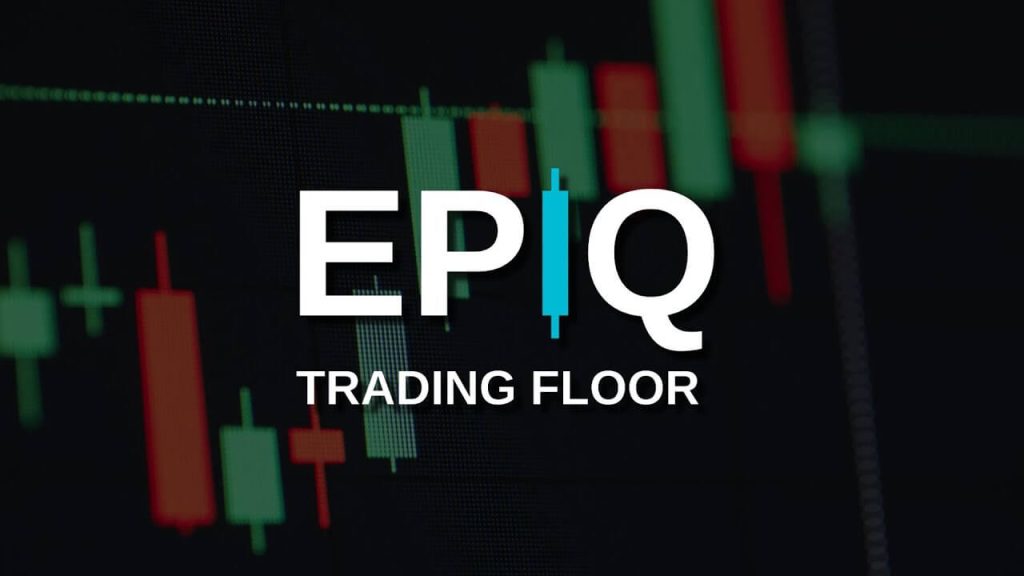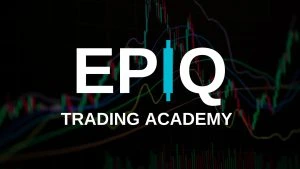Initial Coin Offerings (ICOs) revolutionized the way startups raise funds by leveraging blockchain technology. While ICOs offer lucrative opportunities for early investors, they also come with risks, including scams and poorly executed projects. To make informed decisions, it’s crucial to thoroughly evaluate ICOs before investing.
What Is an ICO?
An Initial Coin Offering (ICO) is a fundraising method where blockchain-based projects sell tokens to investors. These tokens often represent utility or governance rights within the project’s ecosystem. ICOs are similar to IPOs (Initial Public Offerings) in traditional finance but operate in a decentralized and less regulated environment.
Why ICOs Matter
- Access to Early Opportunities: ICOs enable investors to support innovative projects at their inception.
- High Potential Returns: Successful ICOs, like Ethereum, have provided massive returns for early investors.
- Community Involvement: Investors often have a say in project development through token-based governance.
Risks Associated with ICOs
While ICOs can be highly profitable, they also carry risks:
- Scams and Fraud: Some ICOs are outright scams designed to exploit investors.
- Regulatory Challenges: The legal status of ICOs varies across jurisdictions.
- Market Volatility: Token values can be highly unpredictable.

Cómo evaluar las ICO: Guía paso a paso
1. Analyze the Whitepaper
A project’s whitepaper is its blueprint, outlining the concept, technology, and goals.
- En qué fijarse:
- Clear objectives and a problem-solving approach.
- Detailed tokenomics, including supply and distribution.
- Realistic timelines and milestones.
2. Assess the Team
The success of an ICO heavily depends on the team behind it.
- Questions to Ask:
- Do team members have relevant experience in blockchain, finance, or the project’s industry?
- Are their LinkedIn profiles and past achievements verifiable?
- Is there evidence of advisors or partnerships with reputable organizations?
3. Evaluate Tokenomics
Tokenomics refers to the economics of the project’s token.
- Key Metrics:
- Total token supply and its allocation (e.g., development, marketing, team, and public sale).
- Utility of the token within the ecosystem.
- Vesting periods to prevent token dumping.
4. Check for Community Engagement
An active and engaged community indicates strong interest and support.
- Platforms to Monitor:
- Twitter and Reddit for social sentiment.
- Telegram and Discord for community discussions.
- GitHub for development updates.
5. Review the Roadmap
The project roadmap provides a timeline for development milestones.
- En qué fijarse:
- Specific, achievable goals rather than vague promises.
- Evidence of progress, such as beta releases or partnerships.
6. Examine the Legal Framework
Regulatory compliance is critical for the longevity of any project.
- Considerations:
- Is the ICO registered with relevant authorities (if required)?
- Are investors provided with a clear disclaimer about risks?
- Does the project comply with anti-money laundering (AML) and know-your-customer (KYC) regulations?
7. Monitor Market Sentiment
Public perception can significantly impact the success of an ICO.
- How to Track Sentiment:
- Utiliza herramientas como CryptoQuant o el Cuadro de mando EPIQ Crypto Macro to analyze sentiment indicators.
- Check for news coverage and media mentions.
8. Verify Exchange Listings
An ICO’s success often depends on its tokens being listed on reputable exchanges.
- En qué fijarse:
- Partnerships with major exchanges like Binance, Coinbase, or Kraken.
- Plans for liquidity provision post-ICO.

Red Flags to Avoid
- Anonymous Team Members: Lack of transparency often indicates a scam.
- Unrealistic Promises: Claims of guaranteed returns or “risk-free” investments are major red flags.
- Poorly Written Whitepaper: Spelling errors, lack of detail, or excessive vagueness are warning signs.
- Aggressive Marketing: Over-the-top promotional campaigns may indicate an ICO is focused on hype rather than substance.
Cómo evaluar las ICO: Guía paso a paso
1. Analyze the Whitepaper
A project’s whitepaper is its blueprint, outlining the concept, technology, and goals.
- En qué fijarse:
- Clear objectives and a problem-solving approach.
- Detailed tokenomics, including supply and distribution.
- Realistic timelines and milestones.
2. Assess the Team
The success of an ICO heavily depends on the team behind it.
- Questions to Ask:
- Do team members have relevant experience in blockchain, finance, or the project’s industry?
- Are their LinkedIn profiles and past achievements verifiable?
- Is there evidence of advisors or partnerships with reputable organizations?
3. Evaluate Tokenomics
Tokenomics refers to the economics of the project’s token.
- Key Metrics:
- Total token supply and its allocation (e.g., development, marketing, team, and public sale).
- Utility of the token within the ecosystem.
- Vesting periods to prevent token dumping.
4. Check for Community Engagement
An active and engaged community indicates strong interest and support.
- Platforms to Monitor:
- Twitter and Reddit for social sentiment.
- Telegram and Discord for community discussions.
- GitHub for development updates.
5. Review the Roadmap
The project roadmap provides a timeline for development milestones.
- En qué fijarse:
- Specific, achievable goals rather than vague promises.
- Evidence of progress, such as beta releases or partnerships.
6. Examine the Legal Framework
Regulatory compliance is critical for the longevity of any project.
- Considerations:
- Is the ICO registered with relevant authorities (if required)?
- Are investors provided with a clear disclaimer about risks?
- Does the project comply with anti-money laundering (AML) and know-your-customer (KYC) regulations?
7. Monitor Market Sentiment
Public perception can significantly impact the success of an ICO.
- How to Track Sentiment:
- Utiliza herramientas como CryptoQuant o el Cuadro de mando EPIQ Crypto Macro to analyze sentiment indicators.
- Check for news coverage and media mentions.
8. Verify Exchange Listings
An ICO’s success often depends on its tokens being listed on reputable exchanges.
Plans for liquidity provision post-ICO.
En qué fijarse:
Partnerships with major exchanges like Binance, Coinbase, or Kraken.
The Role of Tools in Evaluating ICOs
Cuadro de mando EPIQ Crypto Macro
En Cuadro de mando EPIQ Crypto Macro ofertas:
- Datos en tiempo real: Analyze token performance and market trends.
- ICO Tracking: Stay updated on upcoming and ongoing ICOs.
- Sentiment Analysis: Monitor social media sentiment for potential projects.

How EPIQ Trading Floor Can Help
En Parqué EPIQ, we provide the tools and insights you need to evaluate ICOs effectively:
- Comprehensive Market Analysis: Access in-depth data on ICOs and token performance.
- Comunidad de expertos: Learn from seasoned traders to refine your investment strategy.
- Cuadro de mandos macro: Track market trends and identify high-potential ICOs.
Inscríbase hoy para 3 días de prueba gratuita and start making informed decisions in the dynamic world of cryptocurrency.
Conclusión
Investing in ICOs can be a highly rewarding venture if done correctly. By thoroughly analyzing the whitepaper, team, tokenomics, and market sentiment, you can minimize risks and identify promising projects. Leverage tools like the Cuadro de mando EPIQ Crypto Macro to enhance your evaluation process and gain a competitive edge.
Take the first step toward smarter ICO investments with Parqué EPIQ. Empower your trading journey and unlock the potential of early-stage blockchain projects.
Descargo de responsabilidad: La información proporcionada en este blog tiene únicamente fines educativos y no constituye asesoramiento financiero. Las inversiones en criptomonedas implican un riesgo significativo, por lo que debe consultar con un asesor financiero antes de tomar decisiones de inversión.










Respuestas